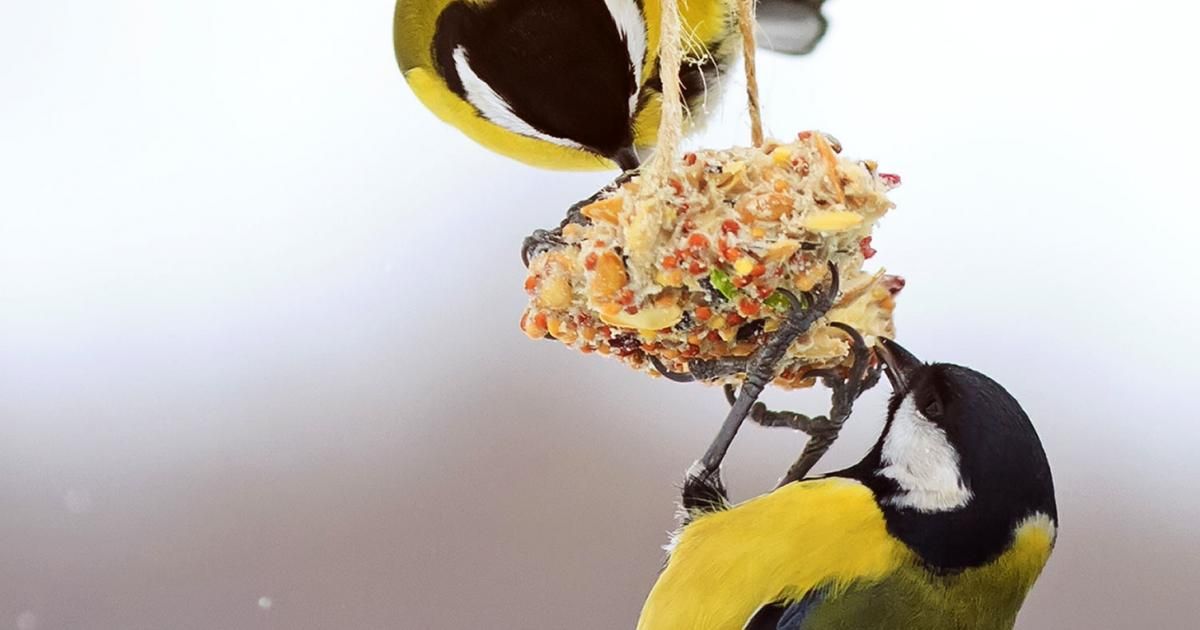
"It goes against the old doctrine that we learn," Reddy said. Sushma Reddy, an associate professor and the Breckenridge Chair of Ornithology at the University of Minnesota, said she was surprised by the research findings and thinks they will spur more research into bird physiology. Research conducted by other scientists having identified a diverse array of bacteria inside the digestive organs of birds that do just that. The analysis found ammonium urate, struvite and two unknown compounds.īased on findings from other research, Crouch said that the substances are probably the result of bacteria inside the bird's gut breaking down uric acid before it is excreted.

But none of the samples produced an X-ray diffraction pattern consistent with uric acid. All together, the samples covered a good swath of bird diversity - including species from the three major groupings of birds, a variety of diets and flightless species. Although X-ray diffraction hasn't changed much over the past 50 years, the technology for analyzing its results - which consist of distinctive scattering patterns created when X-rays are deflected by different chemicals present in a substance - has become much more accurate and accessible over the decades.Īs for the samples themselves, most came fresh from birds kept at the Austin Zoo, while the chicken waste sample came from a backyard flock owned by Crouch's neighbors. But his work was challenged by a 1971 paper that found evidence for uric acid in waste from Budgies, a type of parrot, using the same sort of X-ray diffraction analysis used by Folk.Ĭrouch said that he thought that running the analyses again using modern technology could help settle the question. "It is a testament to his limitless creativity that he took on what he referred to as his 'bird paper.'"įolk published a paper in 1969 describing the X-ray diffraction workup and solubility tests that comprised his analysis. "Bob folk was a creative and boundary pushing scientist who primarily was interested in rocks," Clarke said. "That was this - I had no idea if was right or wrong beforehand, but I was really interested to have a look."įolk had looked into the question himself in the 1960s and found no sign of the substance in samples collected in 17 species. "Sometimes you just get presented with a really weird question and you want to know the answer," Crouch said. However, Crouch decided to investigate the uric acid question after a conversation in 2018 with the late Jackson School Professor Bob Folk, who claimed that bird waste didn't contain uric acid. The study's co-authors are Julia Clarke, a professor at the Jackson School of Geosciences, where Crouch is currently a postdoctoral researcher, and Vincent Lynch a chemist and research scientist at the UT College of Natural Science.Ĭrouch studies bird evolution and biodiversity - the chemistry of bird waste is not his usual research wheelhouse. The results were published in the Journal of Ornithology in August 2019. "It was easy to tell that what we had and that it was not uric acid," Crouch said. And after analyzing the excretions from six different bird species - from the Great Horned Owl to the humble chicken - he's pretty positive of that statement.


 0 kommentar(er)
0 kommentar(er)
